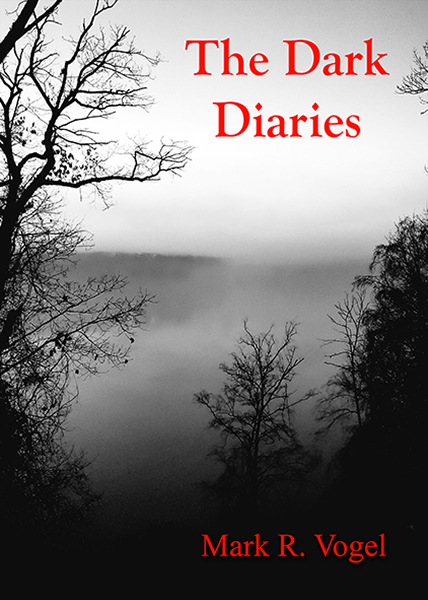Whereas Guillermo del Toro’s Mimic played it safe by going strictly by the numbers, Jean de Segonzac’s sequel, Mimic 2, challenges itself and has fun in so doing. Though it doesn’t set any genre or cinematic precedence, it does take the time to develop character relationships, create atmosphere, and establish dread within its viewer, resulting in an enjoyable second outing that, in many respects, trumps its forerunner.
A Bronx inner-city school biology teacher, Remi Panos (Alix Koromzay)–former assistant to Susan Tyler, the person responsible for engineering the termite/mantis hybrid, referred to as the “Judas Breed,” which preyed upon and eliminated Strickler’s Disease, a cockroach-led pestilence which claimed the lives of several children–discovers that after the Judas’s subsequent extermination, enacted after the species claimed the lives of several New Yorkers, was not absolute atop the fact that its has continued to evolve.
Granted, after having endured del Toro’s rote original, I quivered when Segonzac repeated, parrot-fashion, his predecessor’s very poor foreshadowing at the beginning of his film before issuing us yet another round of a character reaching for an object in a dark hole as we stare at the quivering, straining fingers yearning towards us via the monster’s POV. My hackles of apprehension bolted upright when the narrative (and entomological) legislation of the original was maligned shortly thereafter as we see the Judas creature’s scent gland excretions dripping in its wake. Circumstances were further exacerbated as trite dialogue slammed headfirst into non sequitur reasoning as Remi, using a Polaroid to momentarily light the corridors of a darkened school as a Judas stalks her, states that the camera has yet to charge before getting antsy and instructing her collective of survivors, “Let’s go anyway.” All of this amid the cinematography and wardrobe bleeding pure-1990’s in the wake of the film being released in the burgeoning years of the 21st century.
But then . . .
Segonzac begins to develop relationships within the film. First with Detective Klaski (Bruno Campos) and Remi but then, and most interestingly, between Remi and her predator as we are ever-so-subtly granted a Burroughs-esque reciprocated human/insect infatuation scenario. The manner in which this surreal plot twist occurs is so delicate and unforeseen that once the epiphany occurs that the antagonist has had amble opportunity to kill Remi but has left her unharmed (easily missed amid the action), we only then become retrospectively cognizant that the bug’s prior victims, whom we were initially given to believe to be random, we all suitors of the female entomologist. Then, and only then, does the director force us to sit up and take notice, as we eagerly anticipate how the story will end.
Another improvement upon the narrative is that Segonzac has Remi chatter periodically, always in entomological lingo, about the insect’s abilities, capacities, strengths and weaknesses. Even with this seeming advantage being afforded us, this becomes Segonzac’s main contribution to the atmosphere of his thriller in that the biologist’s verbiage lends a certain ominous presence because the viewer is never sure if what she is saying it advantageous to the predicament or the exact opposite as we defer to Remi’s inflections and body language in hopes of deciphering the scientific jargon.
However, the most frightening aspect of the Judas bug is evident without the assistance of a scientific commentator as the viewer quickly comes to realize that the insect has fashioned the ability, not only to mutate, but to selectively force evolutionary traits. As such, it is implied that our villain has developed the capacity to integrate its victims’ DNA. Thus, with each new kill, it is becoming all the more human. Now, though this facet of the story seems fairly straightforward in that it would seem that once the insect has successfully honed this ability, all of humanity will be lost for the bug will be able to go undetected as it mercilessly kills at will. However, upon reflection, one realizes that this narrative tangent not only carries the promise of humanity’s decline, but it also lends to the love story in that we can readily concur that the bug might well be making such advances, not to become a more proficient murderer per se, but to bring itself that much closer to his object of adoration, Remi. Talk about your unexpected narrative threads.
Jean de Segonzac’s sequel to Guillermo del Toro’s Mimic, instead of merely treading in the already worn ruts of its forerunner, opts to present a stylistic, surprising, and rewarding hybrid horror thrill-cum-absurd love story. Wisely, Mimic 2 never concedes to allotting equal time to both aspects of the script, which would have thus depleted its juxtaposed themes, but instead opts to wry lead the unsuspecting viewer up to the latter narrative strand and, by so doing, ever-so-cunningly drops the bombshell of a clever plot twist that would find a happy home in William Burroughs’s Interzone. Who says that a sequel never offers anything new or intriguing?
-Egregious Gurnow
- Interview with J.R. Bookwalter - January 22, 2015
- Interview with Andrew J. Rausch - January 22, 2015
- Interview with Rick Popko and Dan West - January 22, 2015
- Interview with Director Stevan Mena (Malevolence) - January 22, 2015
- Interview with Screenwriter Jeffery Reddick (Day of the Dead 2007) - January 22, 2015
- Teleconference interview with Mick Garris (Masters of Horror) - January 22, 2015
- A Day at the Morgue with Corri English (Unrest) - January 22, 2015
- Interview with Writer/Director Nacho Cerda (The Abandoned, Aftermath) - January 22, 2015
- Interview with Actress Thora Birch (Dark Corners, The Hole, American Beauty) - January 22, 2015
- Interview with Actor Jason Behr, Plus Skinwalkers Press Coverage - January 22, 2015


